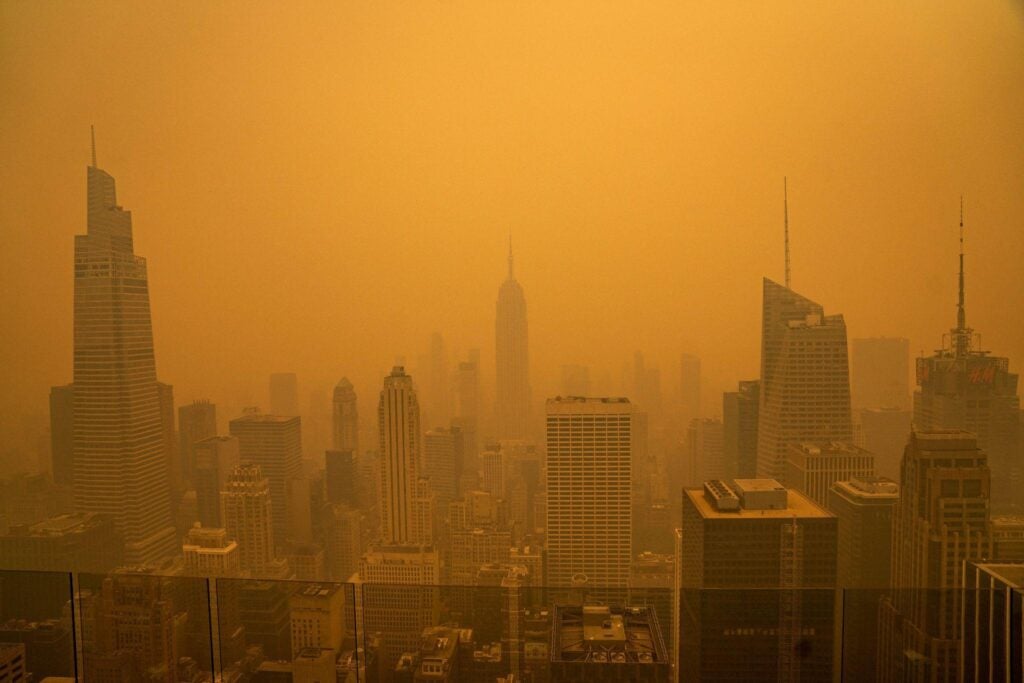Congratulations to Patricia Azike, Computing PhD student in the Computational Math Science and Engineering emphasis, who was awarded Audience Choice in the Three Minute Thesis Competition at the 2025 Graduate College Awards.
The Graduate College hosted its annual Awards Ceremony on April 24, 2025 celebrating the achievements of graduate students and faculty across disciplines. The ceremony recognized the winners of Boise State’s Three Minute Thesis Competition, along with recipients of the Graduate Student Showcase Awards, the Dean’s Awards, the Presidential Scholars Awards, and the Excellence in Mentoring Awards.
A total of 57 awards were presented to students and faculty from across the academic colleges, with recipients receiving a combined total of $15,800 in award money for their exceptional research and accomplishments.
You can read more about this year’s Graduate College Awards Ceremony by visiting Boise State News or the 2025 Graduate College Awards Ceremony webpage.
We connected with Patricia to learn more about their experience.
1. Please tell me about your presentation. What was the title and area of research?
My presentation was titled “Data-Enabled Modeling of Wildfire Smoke Transport”, and it falls under computational mathematics and science, with ties to wildfire research. The research uses data assimilation to integrate real-world observations into a smoke transport model, reducing uncertainties in smoke simulations.
2. Can you share about your preparation process? What was the biggest challenge, and how did you overcome it?
The preparation process involved participating in three focused workshops: Communicating Your Scholarship, Slide Design, and Stage Presentation. Each session helped address different aspects of the talk––communication, comprehension, and curiosity––ensuring it was accessible, visually appealing, and delivered confidently.
The biggest challenge I faced was condensing my entire research project into just three minutes. It meant trimming away all the technical details I’m used to explaining, and instead focusing on the core message. I overcame this by continually asking myself: What’s essential for my audience to understand the heart of my work? I practiced my speech repeatedly with non-expert friends and refined the narrative until it was both informative and engaging.
3. What communication strategies did you use to engage the audience?
I built my talk around sensory and emotional engagement. I began with a vivid and relatable scenario: “Imagine waking up on a summer morning…” That opening line placed the audience in the scene, regardless of the actual season. I then gradually intensified the imagery, leading to: “… However, you are greeted by an orange haze. Thick blankets of wildfire smoke have covered the sky of your city, making it look like a scene from an apocalyptic movie.” By using narrative, visual language, and emotional contrast, I aimed to connect with the audience’s experiences and then guide them into the mathematical workings behind the scenes.
4. What skills did you gain from participating in the competition, and how will you utilize this experience in the future?
I developed key skills in science communication, especially how to distill complex information for a general audience. I also gained more confidence in public speaking—improving my eye contact, body movement, and stage presence. I plan to use these skills in future outreach efforts, such as public lectures, school visits, and media interviews, where I can share my work with diverse audiences.
5. What was the most surprising part of this experience?
What surprised me most was how powerful a well-crafted story can be in communicating science. I hadn’t realized just how much of an impact a short, vivid narrative could have until I saw the audience’s reactions—not just to mine, but to others’ presentations too. It was a reminder that people connect with science when they can feel its relevance.
